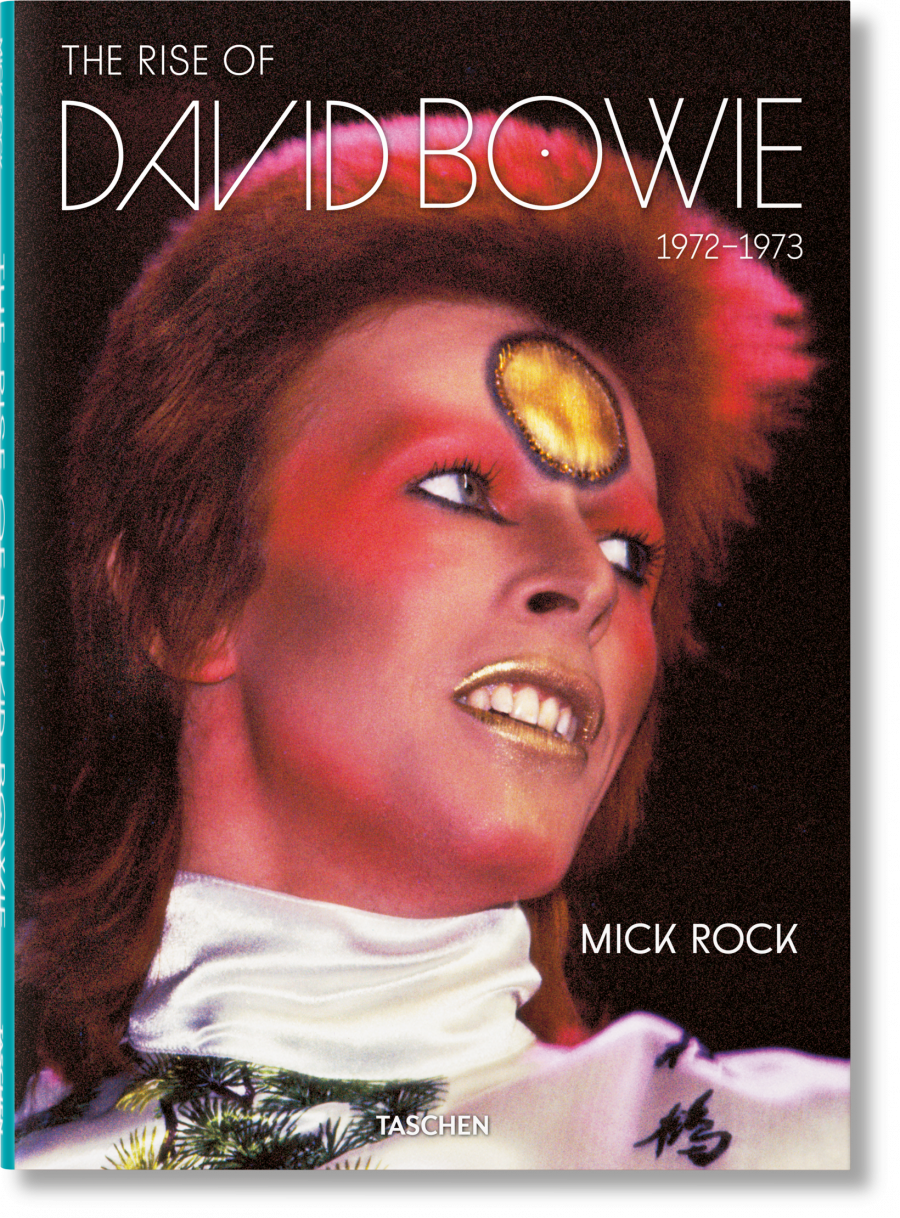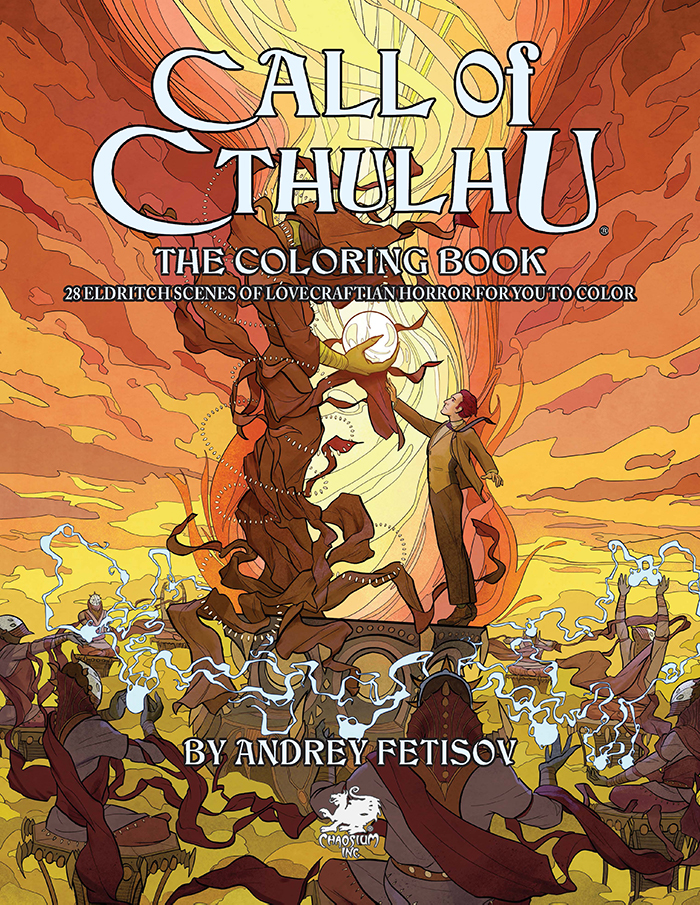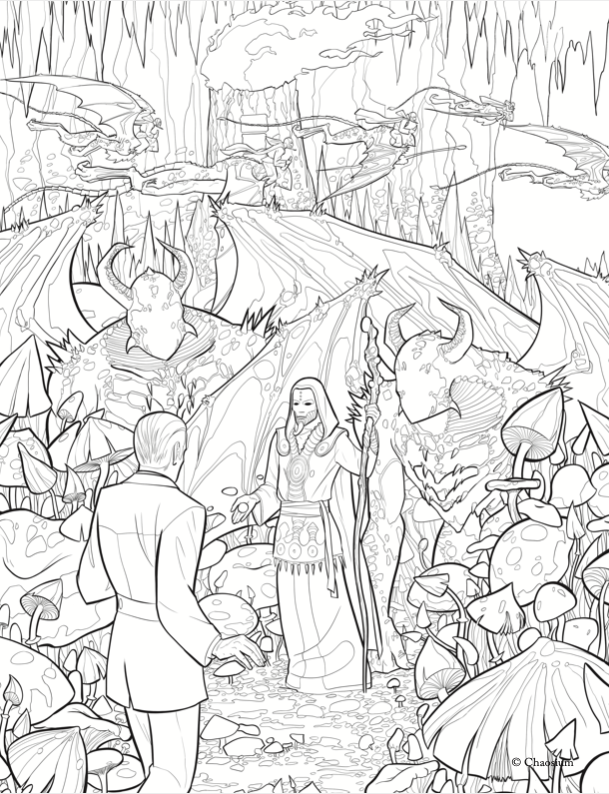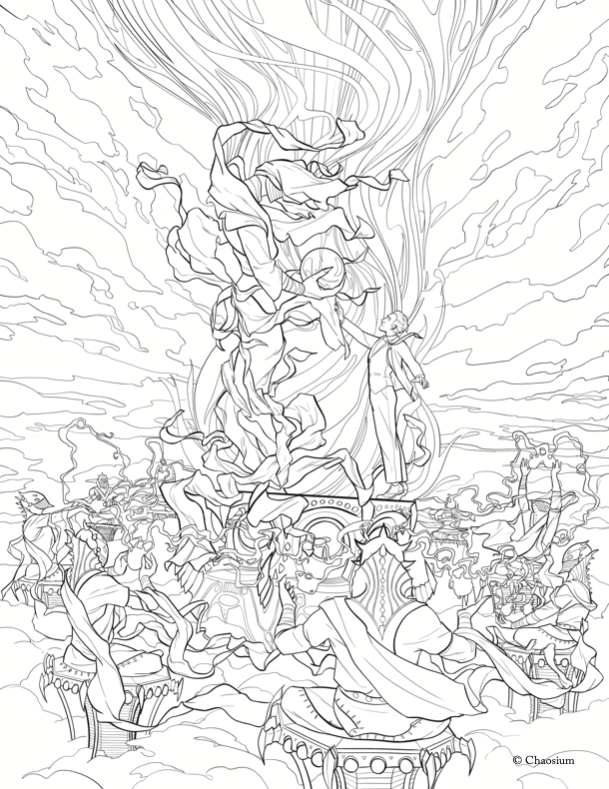You’ve always read books in the comfort of your own home. Though it may not be the full cinematic experience, you can also watch films there, in a pinch. Now that such a pinch has come, in the form of coronavirus pandemic-related quarantines and other forms of isolation, few art forms must be feeling it more than live music and theatre. Though we’ve all watched recorded performances now and again, we know full well that nothing can quite replicate the felt energy of the live experience. Until we can get out and enjoy it once and again, a variety of performers and venues — from rock stars and Broadway luminaries to independent theatre companies and the Metropolitan Opera — have stepped up to provide as much as they can of it online.
“The live music industry has seen an unprecedented fallout in the wake of the coronavirus outbreak,” writes Consequence of Sound’s Lake Schatz. “Highly anticipated tours from Foo Fighters, Billie Eilish, Thom Yorke, and Elton John have all been postponed, and major festivals such as Coachella and South By Southwest have had to drastically change their plans last minute.”
In response, “artists are turning to livestreaming to stay in touch with their fans. Neil Young, Coldplay’s Chris Martin, Death Cab for Cutie frontman Ben Gibbard, and John Legend are streaming intimate concerts live from their very own homes.” Young’s “Fireside Sessions” launched on the Neil Young Archives site last Monday.
That same day Martin, leader of Coldplay, “streamed a mini concert on Monday as part of Instagram’s ‘Together, at Home’ virtual series” (which will continue next week with John Legend). Even more ambitiously, Gibbard has a daily streaming series set to launch next Tuesday on YouTube and Facebook. “Aptly titled ‘Live From Home,’ the daily live sessions will see the indie rocker take requests and even possibly duet with special guests,” writes Schatz. (You can view Gibbard’s first Live from Home session at the top of the post.)
“Additionally, punk rockers Jeff Rosenstock and AJJ are both scheduled to perform a special concert that will be livestreamed on Specialist Subject’s Instagram Stories. That event goes down Tuesday afternoon beginning 7:45 p.m. ET.” Putting the show on by any technological means available is, we can surely agree, very much the punk-rock way. And even apart from broadcasting concerts online, from home or elsewhere, “acts like Deafheaven are releasing live albums (sans any audience).” Deafhaven, if you don’t know them, are a post-metal band out of San Francisco; on the other end of the musical spectrum, country star Keith Urban streamed a live concert on Instagram from his basement this past Tuesday.
Over at the Theatre Development Fund (TDF), Raven Snook rounds up a variety of New York theatre institutions now streaming online. These include 92nd Street Y (whose performance archive we’ve previously featured here on Open Culture); BroadwayWorld, which has come up with “daily Living Room Concerts, a series of one-song performances recorded by Broadway stars in their respective homes”; The Metropolitan Opera, whose nightly streaming of “previously recorded presentations” we mentioned earlier this week.
Other participants in this push include The Actors Fund, with its new “daily performance/talk show Stars in the House” in which “Broadway luminaries will sing and chat from their homes,” and the National Yiddish Theatre Folksbiene, which “kicks off its Folksbiene LIVE!: An Online Celebration of Yiddish Culture” this week, all streamed free on its Facebook page. And be sure to visit the site of New York non-profit arts presenter and producer The Tank, whose new CyberTank series live streams a “weekly, remote, multidisciplinary arts gathering” every Tuesday. Whatever your preferred variety of live performance, you’re sure to be covered until you can get back out to the theatre, the club, the opera houses, or wherever you enjoy your live culture of choice.
Related Content:
The Met Opera Streaming Free Operas Online to Get You Through COVID-19
Going to Concerts and Experiencing Live Music Can Make Us Healthier & Happier, a New Psychology Study Confirms
Based in Seoul, Colin Marshall writes and broadcasts on cities, language, and culture. His projects include the book The Stateless City: a Walk through 21st-Century Los Angeles and the video series The City in Cinema. Follow him on Twitter at @colinmarshall or on Facebook.












